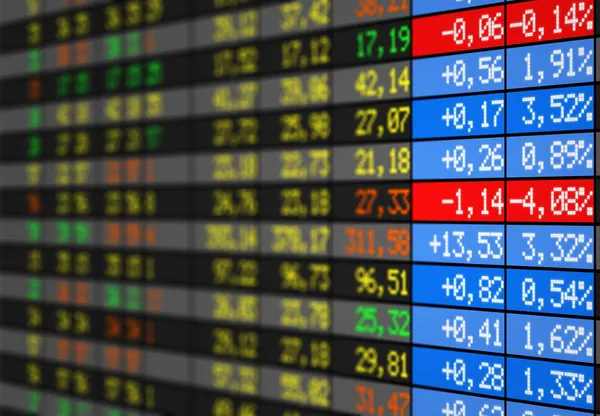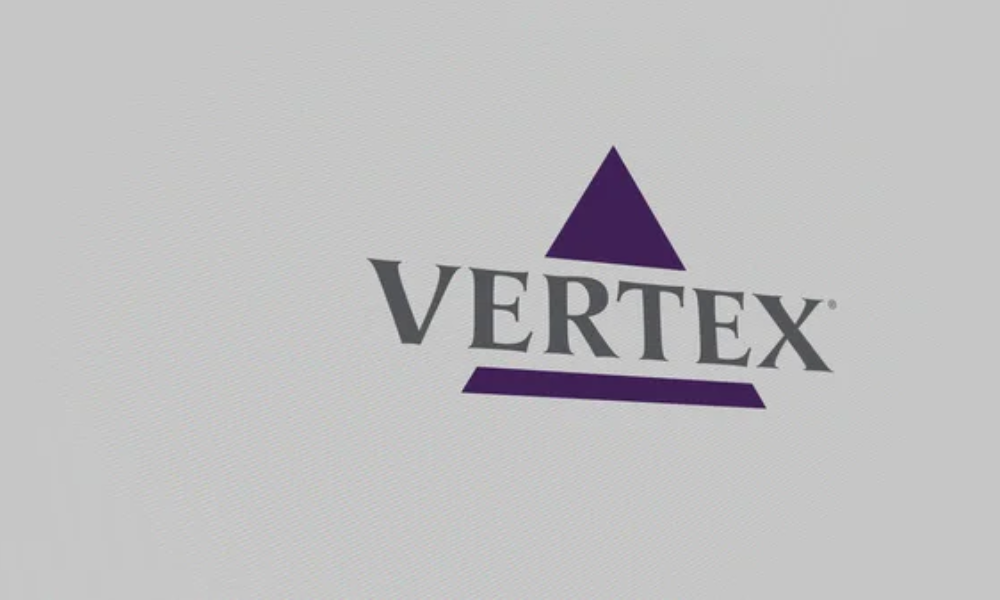Introduction
The global financial landscape is dominated by several key stock exchanges, each playing a critical role in international economics, finance, and investment.
These marketplaces for buying and selling equity securities are pivotal for companies seeking capital and investors looking for opportunities.
This article explores the four largest stock exchanges in the world: the New York Stock Exchange (NYSE), NASDAQ, Shanghai Stock Exchange (SSE), and Hong Kong Stock Exchange (HKEX), highlighting their advantages and limitations.
Read More: Understanding The Different Order Types in The Stock Market and How to Use Them
New York Stock Exchange (NYSE)

Overview: The NYSE, located in New York City, is often synonymous with global finance. Established in 1792, it is the oldest and largest stock exchange in the world by market capitalization.
Pros:
- Liquidity and Volume: The NYSE boasts unparalleled liquidity, making it easier for investors to buy and sell without affecting the stock price significantly.
- Diverse Listing: It hosts a wide array of companies from various industries and countries, offering investors a broad spectrum of investment opportunities.
- Regulatory Standards: High listing standards and a rigorous regulatory environment ensure a level of company quality and reliability.
Cons:
- Complexity and Cost: The high regulatory standards and listing costs may deter smaller companies from listing.
- Market Impact: Large trades can still impact the market, sometimes leading to significant price movements.
NASDAQ
Overview: Established in 1971, NASDAQ was the world’s first electronic stock market, known for its high-tech and internet-based company listings.
Pros:
- Innovation Focus: NASDAQ is preferred by many technology giants, making it an attractive option for investors interested in the tech sector.
- Efficiency: As an electronic exchange, it offers fast and efficient trading.
- Access for Growth Companies: It’s often more accessible for smaller, growth-oriented companies than the NYSE.
Cons:
- Volatility: The emphasis on tech and growth companies can lead to higher market volatility.
- Perceived Risk: The lower listing requirements compared to the NYSE can be seen as a higher risk for investors.
Also Read: This Biotech Company Could be a Hidden Gem
Shanghai Stock Exchange (SSE)
Overview: As China’s largest stock market, the SSE is a symbol of China’s financial market growth, offering a window into the country’s burgeoning economy.
Pros:
- Growth Opportunities: The SSE offers exposure to China’s rapidly growing economy and its array of large-cap companies.
- Government Support: Chinese government policies often support the growth and stability of listed companies.
Cons:
- Regulatory Risk: Government intervention can sometimes lead to market distortions.
- Limited Accessibility: Foreign investor access is restricted through quota systems, although recent initiatives like the Stock Connect program have begun to open up the market.
Hong Kong Stock Exchange (HKEX)

Overview: Serving as a gateway between the East and the West, the HKEX is known for its international investor base and a significant number of mainland Chinese companies listed through H-shares.
Pros:
- International Access: Offers a unique blend of Eastern and Western investment opportunities.
- Regulatory Framework: Robust regulatory framework aligned with international standards.
Cons:
- Exposure to Chinese Market Fluctuations: The significant presence of Chinese companies means the HKEX is sensitive to economic and political developments in mainland China.
- Competition: Faces increasing competition from mainland Chinese exchanges and other global exchanges.
Conclusion
The NYSE, NASDAQ, SSE, and HKEX each offer unique advantages and face distinct challenges, reflecting the diversity and complexity of the global financial ecosystem.
For investors and companies alike, understanding the characteristics of these exchanges is crucial for making informed decisions in the global market.
While the NYSE and NASDAQ provide liquidity and a focus on innovation respectively, the SSE and HKEX offer direct exposure to the dynamic Asian economies, albeit with certain restrictions and risks.
As the financial landscape continues to evolve, these exchanges will play pivotal roles in shaping the future of global finance.
Read Next: Investing, Swing Trading, and Day Trading: How They Are Similar and How They Differ
DISCLAIMER
You should read and understand this disclaimer in its entirety before joining or viewing the website or email/blog list of SmallCapStocks.com (the “Publisher”). The information (collectively the “Advertisement”) disseminated by email, text or other method by the Publisher including this publication is a paid commercial advertisement and should not be relied upon for making an investment decision or any other purpose. The Publisher is engaged in the business of marketing and advertising the securities of publicly traded companies in exchange for compensation. The track record, gains, upside, and/or losses mentioned in the Advertisement, if any, should not be considered as true or accurate or be the basis for an investment. The Publisher does not verify the accuracy or completeness of any information included in the Advertisement. While the Publisher does not charge for the SMS service, standard carrier message and data rates may apply. To unsubscribe from receiving promotional text messages to your phone sent via an autodialer, using your phone reply to the sender’s phone number with the word STOP or HELP for help.
The Advertisement is not a solicitation or recommendation to buy securities of the advertised company. An offer to buy or sell securities can be made only by a disclosure document that complies with applicable securities laws and only in the states or other jurisdictions in which the security is eligible for sale. The Advertisement is not a disclosure document. The Advertisement is only a favorable snapshot of unverified information about the advertised company. An investor considering purchasing the securities, should always do so only with the assistance of his legal, tax and investment advisors. Investors should review with his or her investment advisor, tax advisor or attorney, if and to the extent available, any information concerning a potential investment at the web sites of the U.S. Securities and Exchange Commission (the "SEC") at www.sec.gov; the Financial Industry Regulatory Authority (the "FINRA") at www.FINRA.org, and relevant State Securities Administrator website and the OTC Markets website at www.otcmarkets.com. The Publisher cautions investors to read the SEC advisory to investors concerning Internet Stock Fraud at www.sec.gov/consumer/cyberfr.htm, as well as related information published by the FINRA on how to invest carefully. Investors are responsible for verifying all information in the Advertisement. As an advertiser, we do not verify any information we publish. The Advertisement should not be considered true or complete.
The Publisher does not offer investment advice or analysis, and the Publisher further urges you to consult your own independent tax, business, financial and investment advisors concerning any investment you make in securities particularly those quoted on the OTC Markets. Investing in securities is highly speculative and carries an extremely high degree of risk. You could lose your entire investment if you invest in any company mentioned in the Advertisement. You acknowledge that we are not an investment advisory service, a broker-dealer or an investment adviser and we are not qualified to act as such. You acknowledge that you will consult with your own independent, tax, financial and/or legal advisers regarding any decisions as to any company mentioned here. We have not determined if the Advertisement is accurate, correct or truthful. The Advertisement is compiled from publicly available information, which include, but are not limited to, no cost online research, magazines, newspapers, reports filed with the SEC or information furnished by way of press releases. Because all information relied upon by us in preparing an advertisement about an issuer comes from a public source, it is not reliable, and you should not assume it is accurate or complete.
By your subscription to our profiles, the viewing of this profile and/or use of our website, you have agreed and acknowledged the terms of our full disclaimer and privacy policy which can be viewed at the following link: www.SmallCapStocks.com/Disclaimer and www.SmallCapStocks.com/Privacy-Policy
By accepting the Advertisement, you agree and acknowledge that any hyperlinks to the website of (1) a client company, (2) the party issuing or preparing the information for the company, or (3) other information contained in the Advertisement is provided only for your reference and convenience. The advertiser is not responsible for the accuracy or reliability of these external sites, nor is it responsible for the content, opinions, products or other materials on external sites or information sources. If you use, act upon or make decisions in reliance on information contained in any disseminated report/release or any hyperlink, you do so at your own risk and agree to hold us, our officers, directors, shareholders, affiliates and agents harmless. You acknowledge that you are not relying on the Publisher, and we are not liable for, any actions taken by you based on any information contained in any disseminated email or hyperlink.












